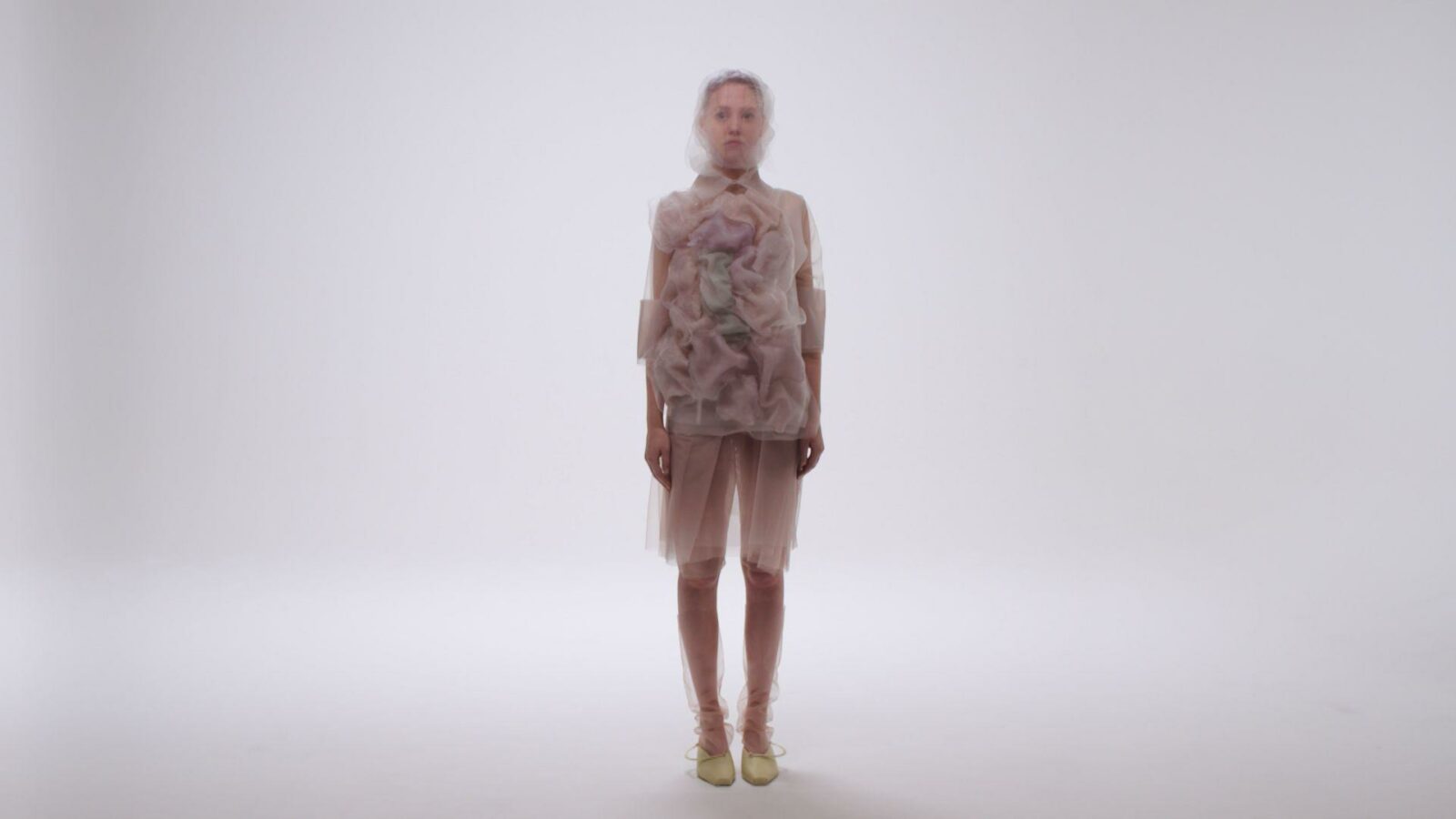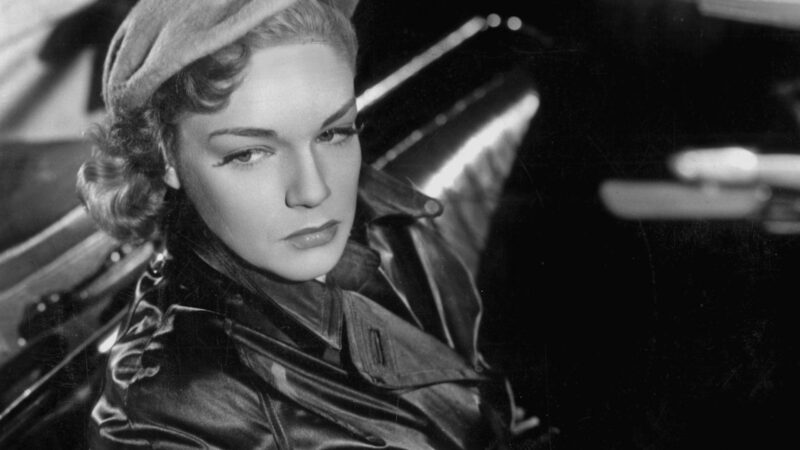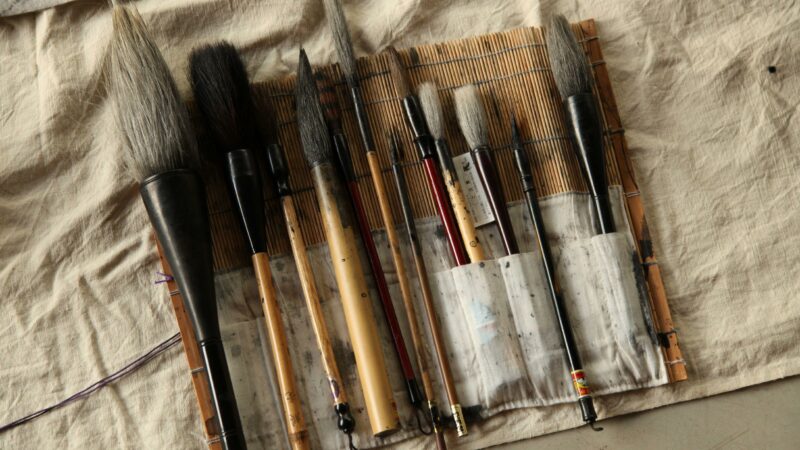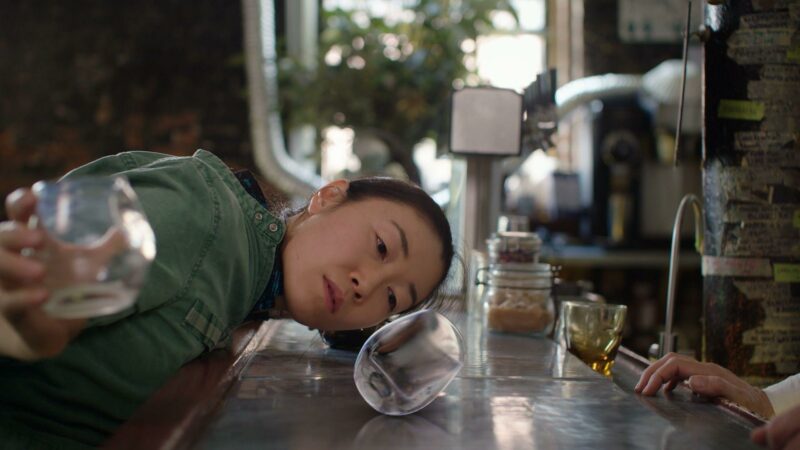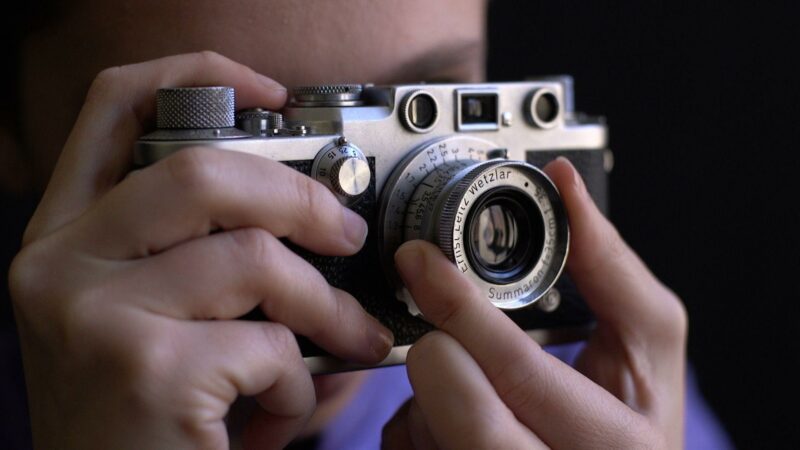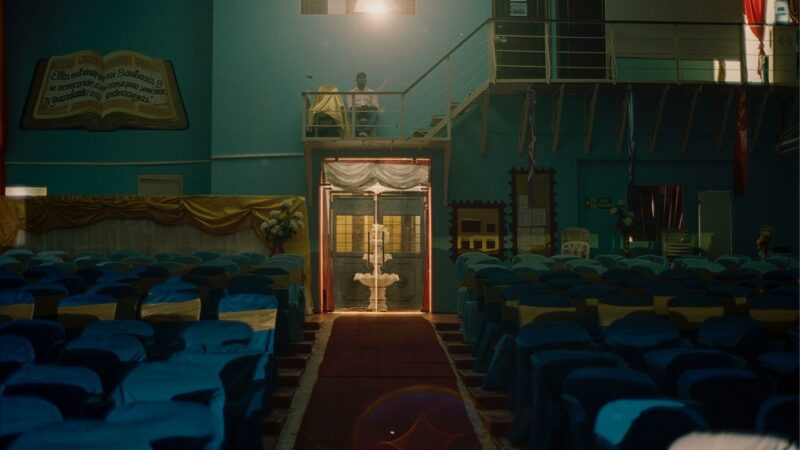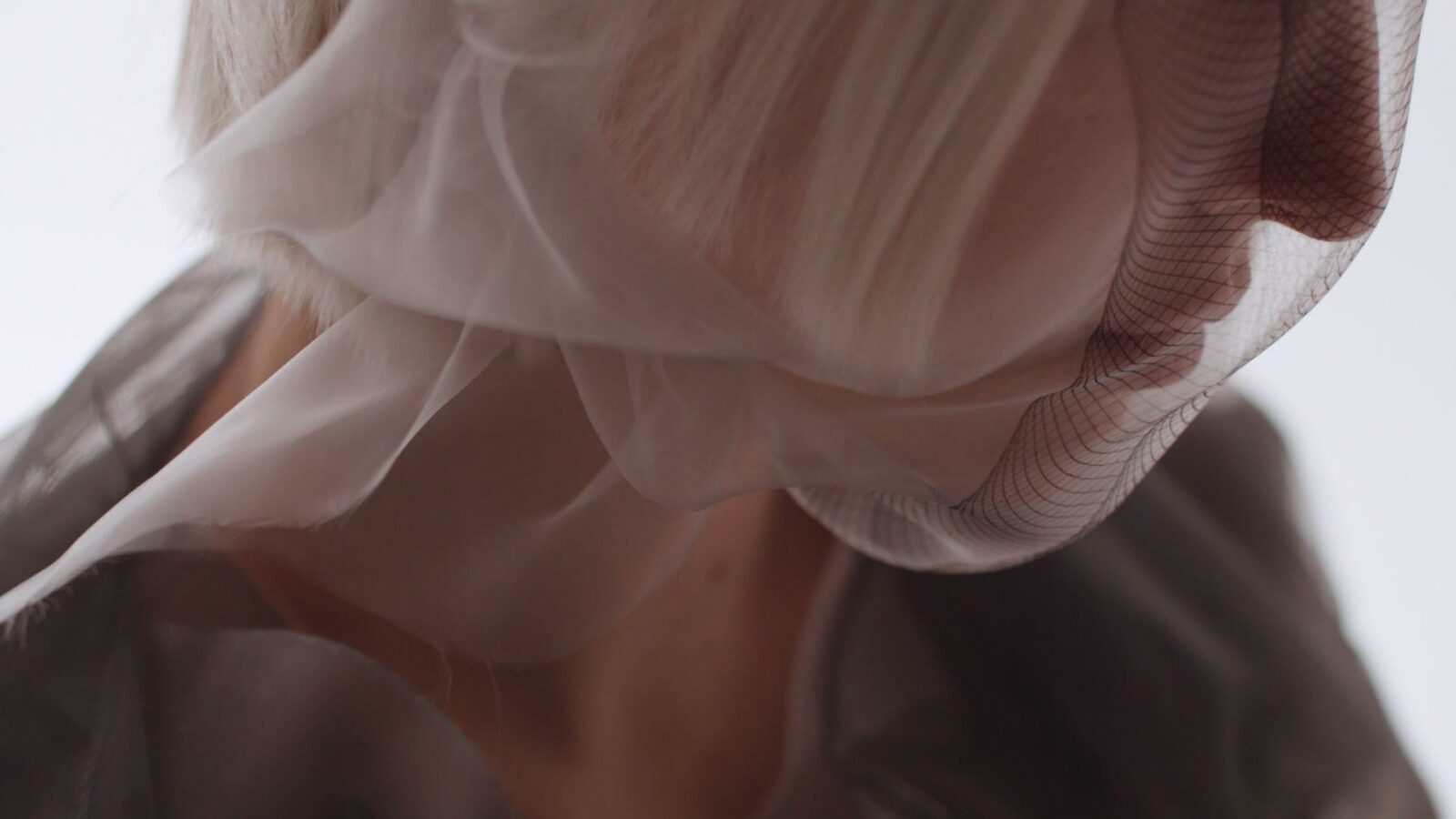
Flowing Water, Standing Time
Alexandre De Bellefeuille
This project was inspired by neurologist Oliver Sacks’ novel, The Man who Mistook his Wife for a Hat, in which he relates the story of Jimmie G, a 49-year-old former sailor convinced of being aged 19 since having left the Navy. Shocked by his own reflection when Sacks hands him a mirror, Jimmie reverts to his 19-year-old self as soon as his gaze leaves the reflective surface. Having lost any sense of temporal continuity, Jimmie lives as a prisoner to this single, perpetual moment, oscillating between a presence to the world and a presence to self.
Much like Jimmie G, the garments evolve between two states and display perpetual metamorphosis as they react to the chromatic spectrum. This travelling between opposite states – from immobility to movement – does not operate as a dichotomy. Upon the field of time, which injects energy into the very core of inertia, fluctuates the intensity animating each garment in its unique way. These two states are mere dropping-off points among an infinite array of possibilities.
In order to echo this varying mobility, the garments are also capable of chromatic movement. Capable of recognizing the colors in their immediate surroundings, they are at once liquid and chameleon-like, adapting to the slow rhythm of their ever-changing environment. A mirror effect is at play: the garments are reacting to what they see. Much like Oliver Sacks’ patient, they alternate between what they are, and what they can potentially become – all the while embodying the inherent complexity of all things.
Much like Jimmie G, the garments evolve between two states and display perpetual metamorphosis as they react to the chromatic spectrum. This travelling between opposite states – from immobility to movement – does not operate as a dichotomy. Upon the field of time, which injects energy into the very core of inertia, fluctuates the intensity animating each garment in its unique way. These two states are mere dropping-off points among an infinite array of possibilities.
In order to echo this varying mobility, the garments are also capable of chromatic movement. Capable of recognizing the colors in their immediate surroundings, they are at once liquid and chameleon-like, adapting to the slow rhythm of their ever-changing environment. A mirror effect is at play: the garments are reacting to what they see. Much like Oliver Sacks’ patient, they alternate between what they are, and what they can potentially become – all the while embodying the inherent complexity of all things.
| Director | Alexandre De Bellefeuille |
| Production | Alexandre De Bellefeuille |
| Editing | Guillaume Marin |
| Cast | Charlotte Bolduc, Laurie-Ann Machabert |
| Sound | Guillaume Marin |
| Sound mixing | Circonflex Productions |
| Cinematographer | Maxime Lapointe |
| Costumes | Ying Gao |
| Other | Patrice Arsenault (Machino), Charles-Antoine Auger (1er assistant caméra), Jeff Côté (P.A.), Elena Hasse (swing), Simon Laroche (ingénieur robotique), Daniel Moïse (opérateur grue) |


Production

Alexandre De Bellefeuille
You would like




